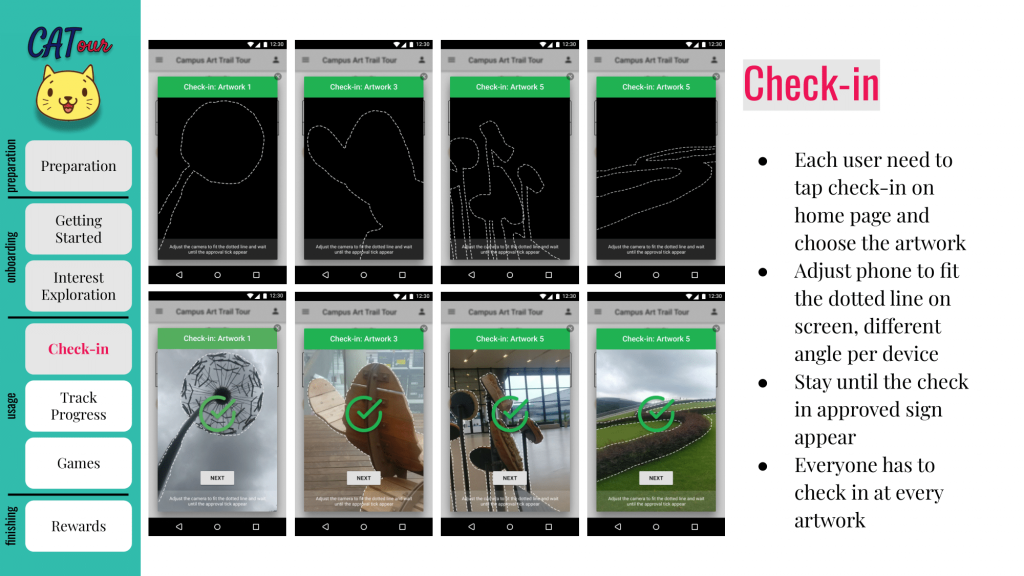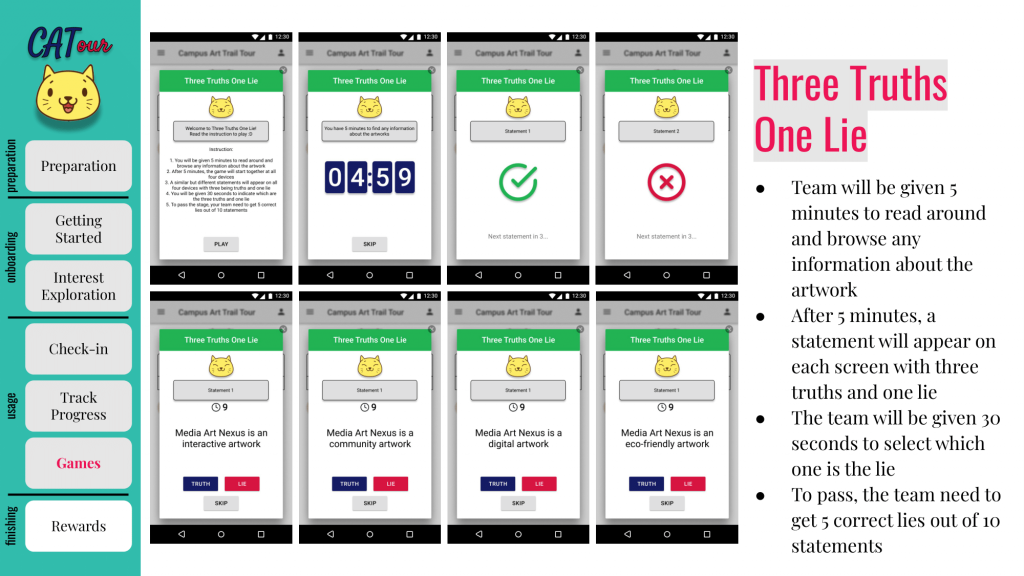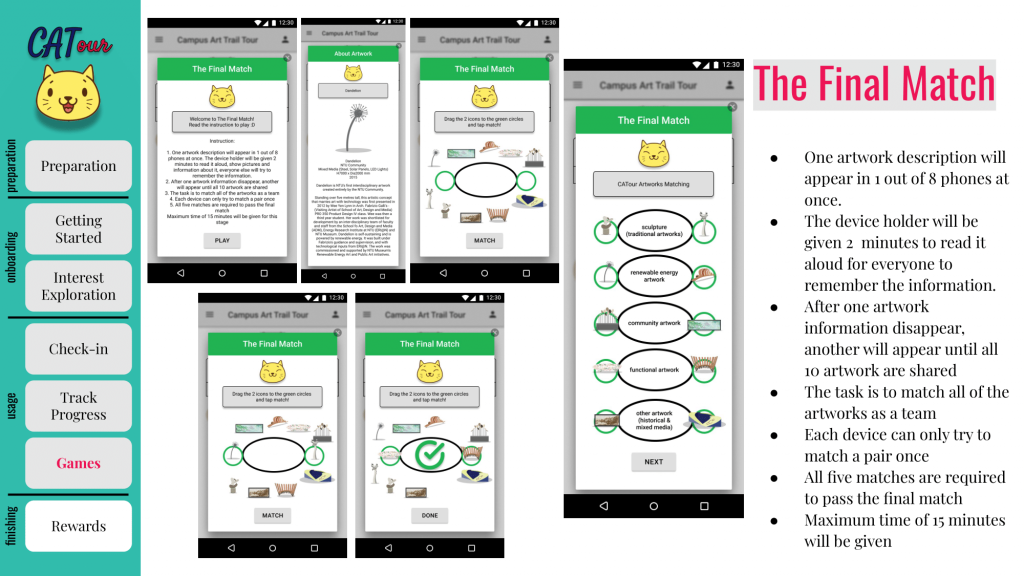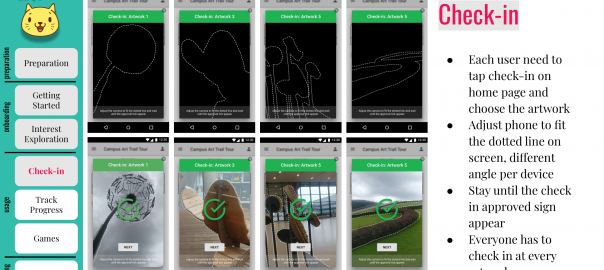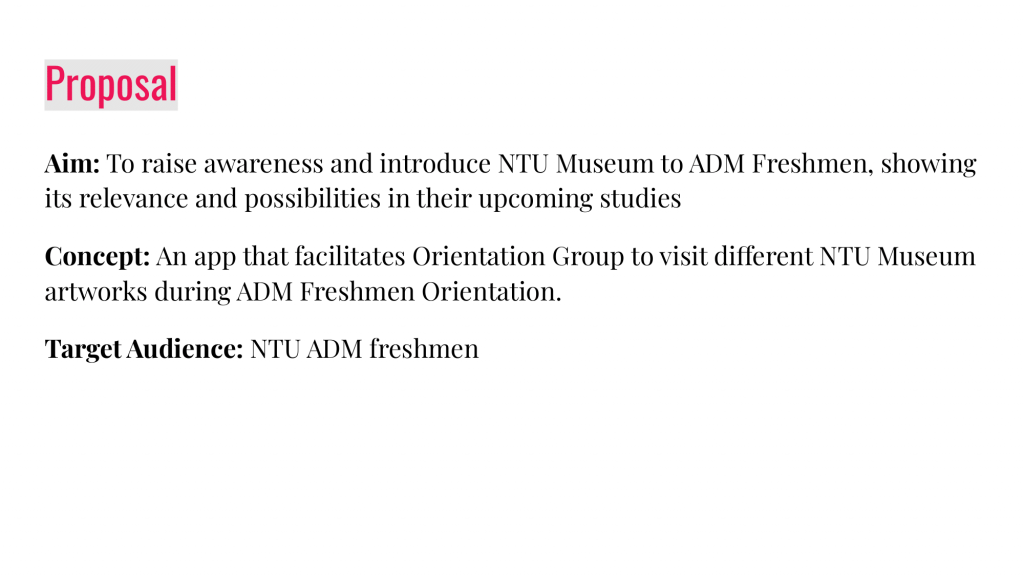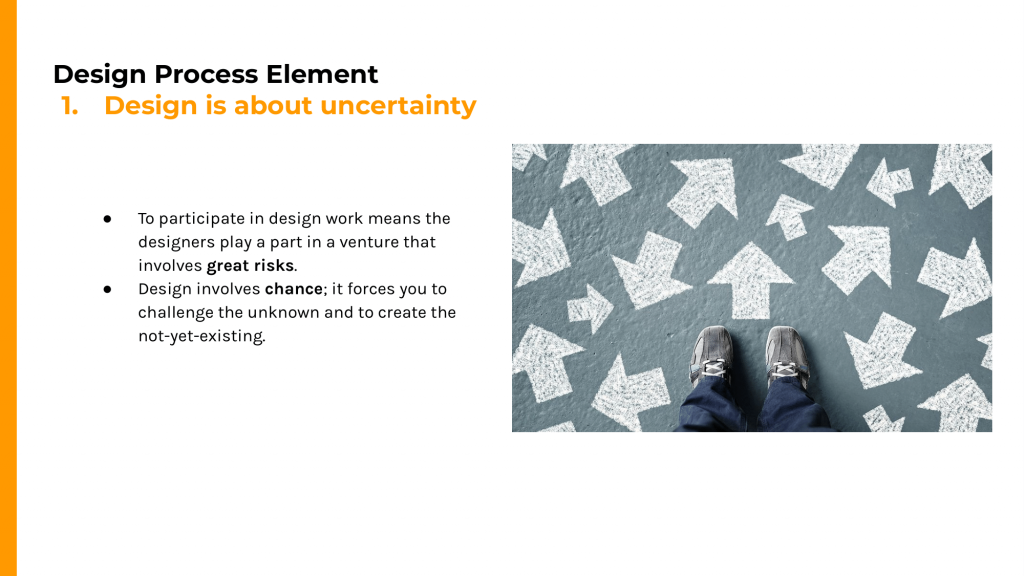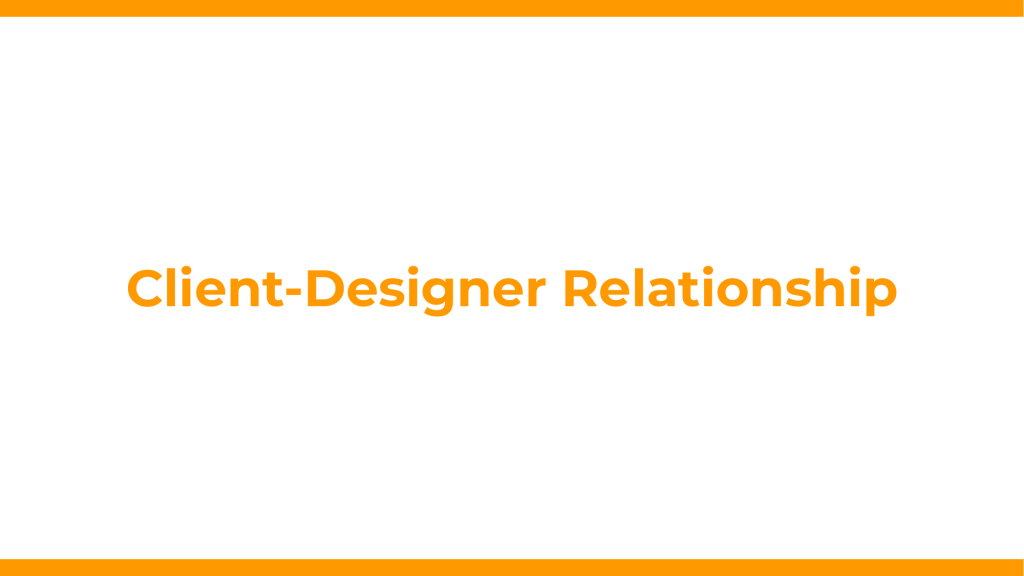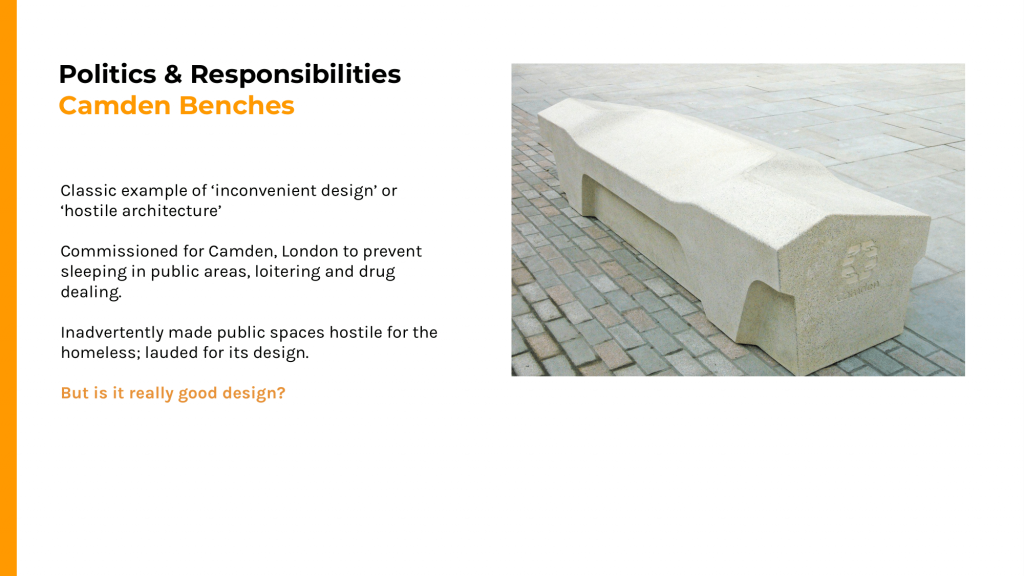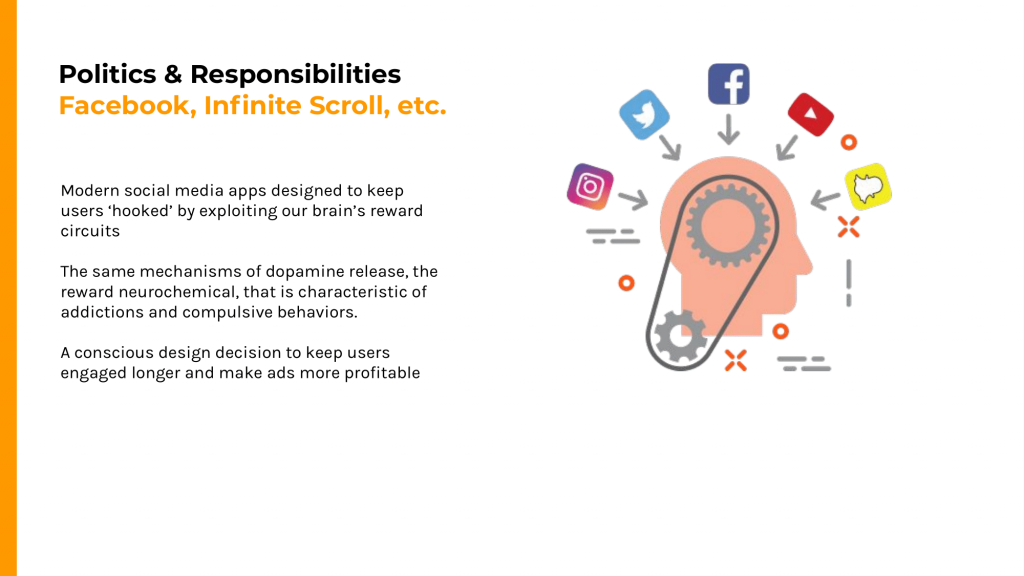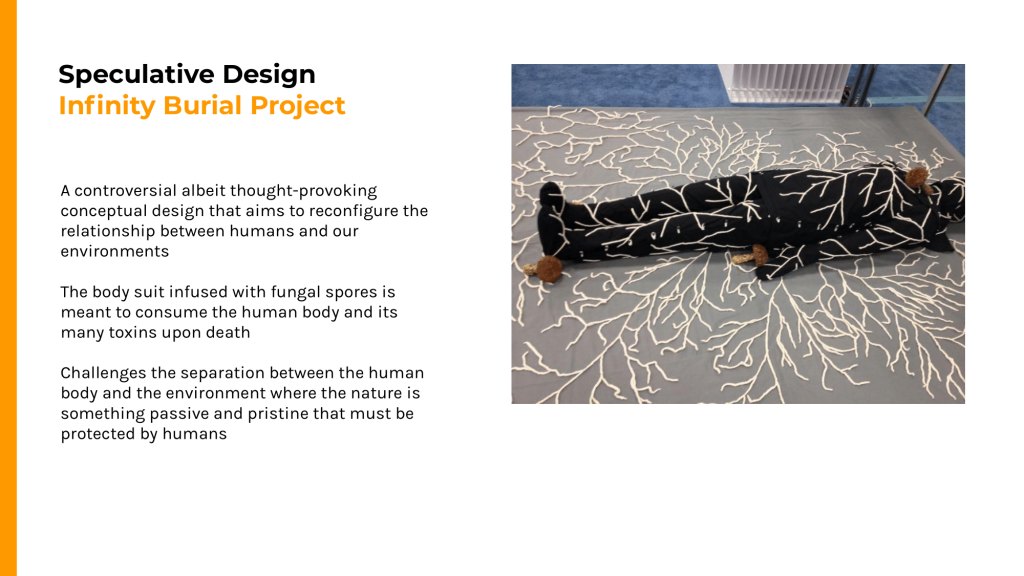CATour
I decided to move on with an app named CATour with CAT → Campus Art Trail and Tour → Orientation Tour. It is meant to be a platform to: introduce NTU Museum, introduce NTU Mobile App and bonding platform
The Tour itself is to be conducted as part of NTU ADM Orientation Programme in group of 8 freshmen which every participants will download NTU Mobile App.
Flow
After summarising everything, I tried to simplify the experience and explain the flow with the following slides. I feel that the flow is quite straightforward and simple to be understood especially by first time user.
Prototype
I created the prototype using Figma.com and it was my first time using it. Interestingly, it was quite friendly and intuitive even though I still had to look for tutorials for certain functions. Overall, I am happy to learn to use FIgma.com.
It is the link: https://tinyurl.com/CATour-prototype

Video: CATour Demo Video
Design Rationale
The visuals of CATour is meant to fit NTU Mobile App while maintaining the vibe to be fun and personalised to add sense of ownership and retain attention of users.


User Journey Map
Lastly, I wanted to analyse the journey that a user experience and try to create a user journey map and filled it with real-life reasonings to make it as relatable as possible.




